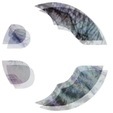|
Urban Morphogenesis Lab at The Bartlett, University College London, runs one of the world’s foremost education and research programmes in experimental architectural and urban biodesign. Led by architect Claudia Pasquero of ecoLogic Studio, the Masters programme produces persistently compelling and creative concepts, meaning it’s always a great pleasure to engage with its staff and students. On December 18th I joined the Urban Morphogenesis Lab jury to critique Research Cluster 18’s Term #1 output, which included an array of original biodesign concepts intended to tackle critical now and near-future architecture and urban problems. All manner of biological materials, processes and approaches were explored, including research-led architectural applications for bacteria, biorock, slime mould, bioluminescence, chemiluminescence, and Mycorrhizal fungi. Read more about the Urban Morphogenesis Lab below, and at this link. “The Urban Morphogenesis Lab is interested in process of material computation and how those can have a radical effect in the way we can re-conceive cities for the post anthropocene. From a methodological point of view we look at bio-science, as well as landscape engineering techniques, to investigate how we can go beyond digital and descriptive simulation so to start working with materials to define a new way of computing our cities. We believe that there is an interest in augmenting material through sensors and microprocessors so that we could start harvesting the computational power present in bacteria, sand, fungi and the like, we dream of an era where descriptive computation will be overcome and computer will become superseded by our capability to simulate and compute through the world that is surrounding us. From a social point of view we look at pre-industrial societies and in particular at the relationship they established with natural system, their ability to communicate with the world surrounding them, their power to harvest processes so to try and recuperate some of these to define new ways of interacting with the built environment. Pre-historic communities were able to interrogate nature or better their material surrounding. The case of the Incas population is exemplary, they would interrogate their mountains before extracting minerals from it, this type of interrogation were conducted via a set of procedure that they would define magical but with today’s knowledge of material computation and of the mind we could define as pattern recognition. In a similar manner in a pre-industrial community in Europe the population was able to predict events such as weather, insect arrivals, etc. by reading signs in the environment surrounding them. We have lost this capacity and we became mere consumers of the facility of the world. We argue here that a new transition from consuming data to reclaiming a computational 'magic' should be made, this time though with a different consciousness of our capability of reading patterns, forecast and create via intuition, poetry and art. The capability of the single individual in the city to read matter and processes around him/her would change completely his /her perspective; from the one of consumer to the one of designer. This could trigger a series of processes of self-organization that would enable cities to grow as a result of interaction rather than as a result of planning and engineering. This would enable us to completely re-describe the current relationship between the Urbansphere and the Biosphere.” WILD: Renaturing the City will be an evening of presentations, performances, and debate 'to investigate the exciting intersection of nature, design and technology'. A free event open to the public, WILD is taking place on February 10th 2016 at the London College of Communication, University of the Arts.
Part of the LCC Imprint public programme, and Green Week 2016, WILD will bring together geographers, designers, authors, inventors, naturalists, artists, future fictionists, anthropologists, politicians, horticulturalists, urban planners, historians and performers for its programme. WILD is one of several exciting upcoming events at which I'll be presenting on Bionic City... watch this space for dates and details. Many thanks to the über-inspired and super science and arts savvy Lula Criado, founder and editor of CLOT magazine, for inviting Bionic City to its arts meets science Universe...
"Nature is wise and has created perfect biological methods and solutions, so why not follow their rules? Melissa Sterry, design scientist and unconventional thinker with a cutting-edge focus on Biomimicry, Living Architecture and Resilience Theory, is a futurist of our planet. Founder and director of Bionic City, Melissa Sterry is blurring the boundaries between environment, technology and engineering. Based on Biomimetics, Biotechnology and Biology principles, Melissa tells us that Bionic City “embraces the European tradition of the imaginary city as a vehicle for philosophical exploration of possible architectural and urban futures”. Three assets define Bionic City: exploring, applying and experimenting – exploring how principles of biosciences can be used to design, plan and build cities of the future, applying these principles to blend technology and nature to better develop new plans of construction and experimenting with art-influenced by bioscience." Read more here. Congratulations to Chair, Prof. Dr. Fazilet Vadar Sukan, and to the organising committee of the VII. International BioEngineering Congress, for flawlessly producing an exceptionally inspired, insightful and innovative scientific gathering. Spanning 3-days, November 19th- 21st, the congress took place at the recently renovated Izmir Architecture Centre, and comprised several 60-min plenary speeches; several dozen short talks and poster presentations on wide-ranging bioengineering research and applications; a series of workshops; breakout sessions; three exhibitions; and an award ceremony. A member of the Scientific Committee, and one of the plenary speakers, I had the great pleasure of meeting peers from far and wide, including Stanford, University College London, Delft University of Technology, Rice University, and the French National Scientific Research Centre. One of the foremost fascinating talks of the congress was delivered by Turkish bioartist Selin Balci, who ‘applies an acute scientific laboratory practice to create her artworks’, which employ living organisms, including fungus and mould, to explore ‘the fundamental, underlying social dilemmas and principles of our existence in an effort to understand and highlight social issues’. Another highlight of the congress was the ‘Biodesign at the Intersection of Creativity and BioEngineering’ workshop. Created with input from several scientific committee members, including myself, the workshop was designed to be collaborative and hands-on, with the intent to materialize ‘artworks, prototypes, and architectural concepts that harness living materials and bio-processes, to present bio-integrated approaches to sustainability and innovation enabled by biotechnology’.
Workshop participants comprised several bioengineers, a biologist, a handful of architects and designers, and postgraduate students from schools of architecture and biosciences. Together, those present collectively conceptualized several pioneering biodesign concepts to tackle critical contemporary and emerging urban issues. Outputs from the 3-day activity included a portfolio of experiments, sketches, handmade and 3D printed models, and a plenary presentation. Together with experimentation and conceptualization, the workshop featured a series of short talks by several participants on themes including: ‘Living and Responsive Environments’; ‘Self Healing Cementitious Materials by Bacterial Action’; ‘Possibilities in Protocells in Biodesign’; and ‘A Line Between Architecture and Photosynthesis: Designing with Micro Algae’. Such was the success of the workshop that its participants have committed to an ongoing exploration in biodesign and bioengineering within architecture and urban planning, unto which international peers from wide-ranging fields will be invited to participate. An Arts Council England supported Exceptional project, the Festival of the Future City attracted over 7,200 participants and 150 invited speakers, and was the largest debate ever about the city and the future. Held in Bristol from November 17th – 20th 2015, the festival brought together academics, city planners, artists, writers, filmmakers, games makers, architects, politicians, journalists and commentators, poets, community leaders, businesses, scientists, think tanks, and others to debate the future of the city with the public. Aiming to inspire wide thinking and debate about the future of cities, the festival looked at examples of good practice that help to promote a better and more resilient, sustainable and prosperous future for all; examined and debated good examples of city futures from the past and what they can tell us now; provided models for future city development; and promoted debate and discussion about the future city by the widest range of people and organisations. Festival activities included launches by InnovateUK on their city demonstrators work; a special preview of the film High Rise based on Ballard’s novel; new poems and essays by leading writers and commentators; city walks; and the first Bristol Day looking at the future of the city. Speakers included Will Self on JG Ballard and future cities; Bettany Hughes and Edith Hall on cities and ideas in the ancient world; Richard Sennett putting the case for a new Charter of Athens, a guide for urban development in the 21st century; Mike Rawlinson on legible cities; Guy Standing on the emerging Precariat class and its impact on urban areas; and more. Find our more at: http://www.ideasfestival.co.uk/seasons/festival-future-city/ Architecture, Nature and Wildlife in Cities.John Alker (UK Green Building Council) chairing Rab Bennetts (Bennetts Associates), Mike Roberts (HAB Housing) and I, as we discuss architecture’s potential for creating nature-rich cities, filmed at the Watershed, Bristol, on November 18th 2015. What Happened to Utopian Cities?Jonathan Derbyshire chairs Darran Anderson, Douglas Murphy and I, as we discuss utopian cities of the past and future, filmed at the Watershed, Bristol, on November 18th 2015. “In the late 1960s the world was faced with impending disaster: the height of the Cold War, the end of oil, and the decline of great cities throughout the world. Out of this crisis came a new generation that hoped to build a better future.” |
AuthorMelissa Sterry, PhD, chartered design scientist, systems theorist, biofuturist, and serial founder inc. Bionic City® Bionic CityAsking the question "how would nature design a city" since 2010.
Archives
October 2023
Categories#bionics
#biotech #biodesign #bioscience #biomimetics #biotechnology #bioengineering #bioinnovation #bioaesthetics #biorevolution #bioenterprise #biosystems #biocreative #biofuturism #biofutures #biocentric #biofacture #biotecture #biovation #biofiction #biourban #biocities #biolab #bioart #STEM
#STEAM #STEAMED #STEMcomms #STEAMcomms #STEAMEDcomms © Bioratorium Limited & Melissa Sterry
2021 All Rights Reserved |
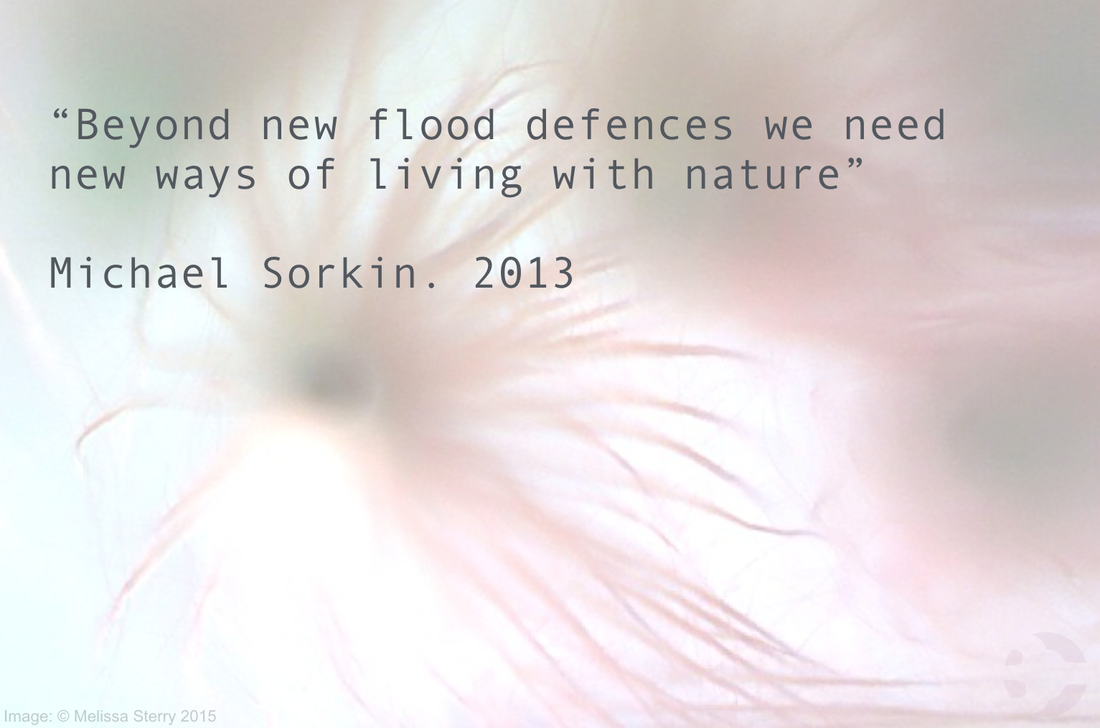
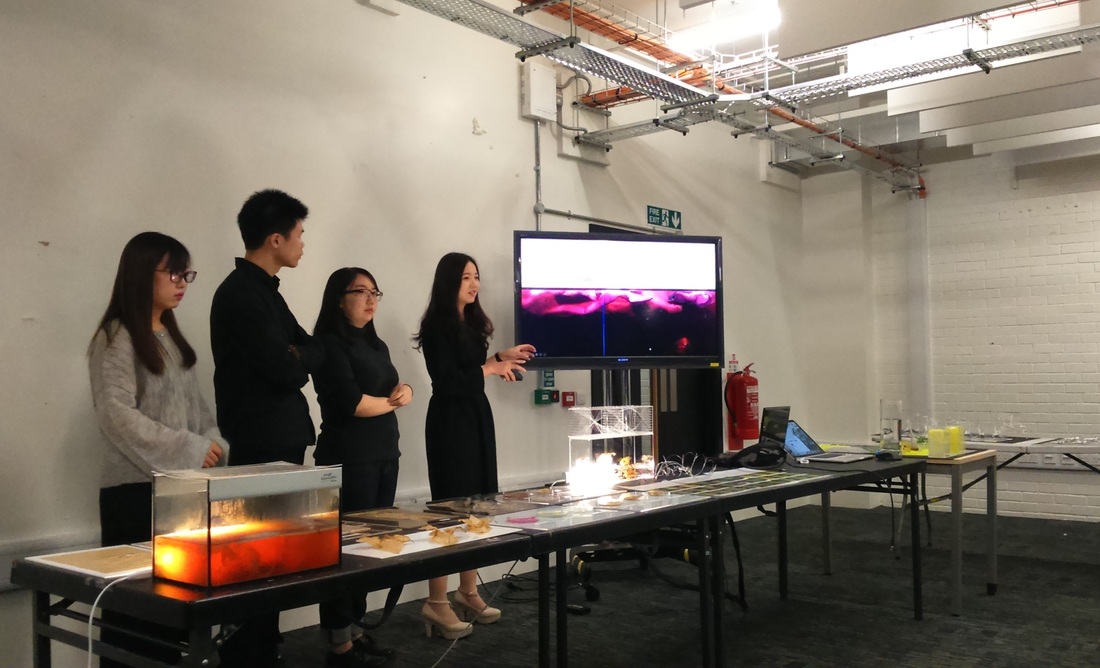
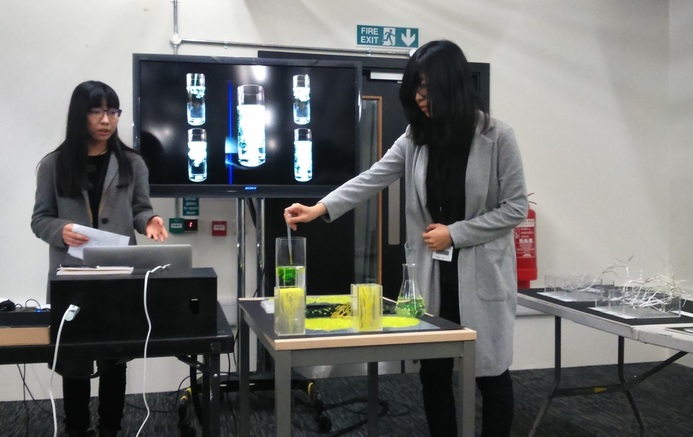
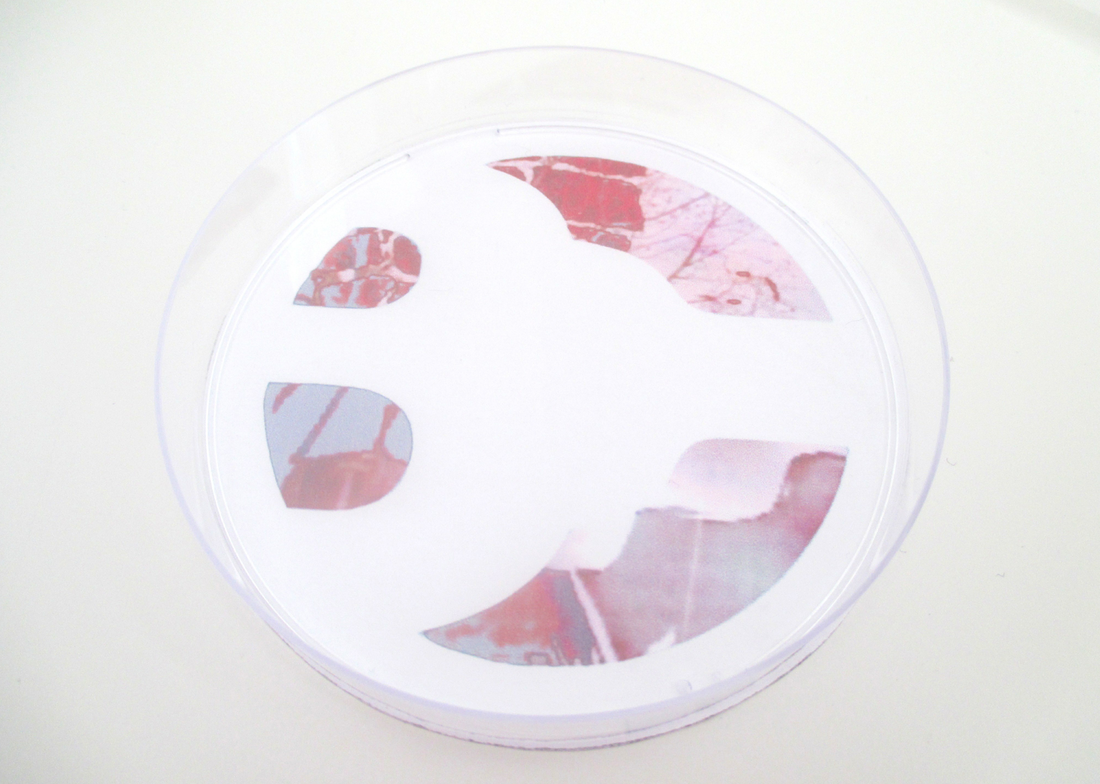
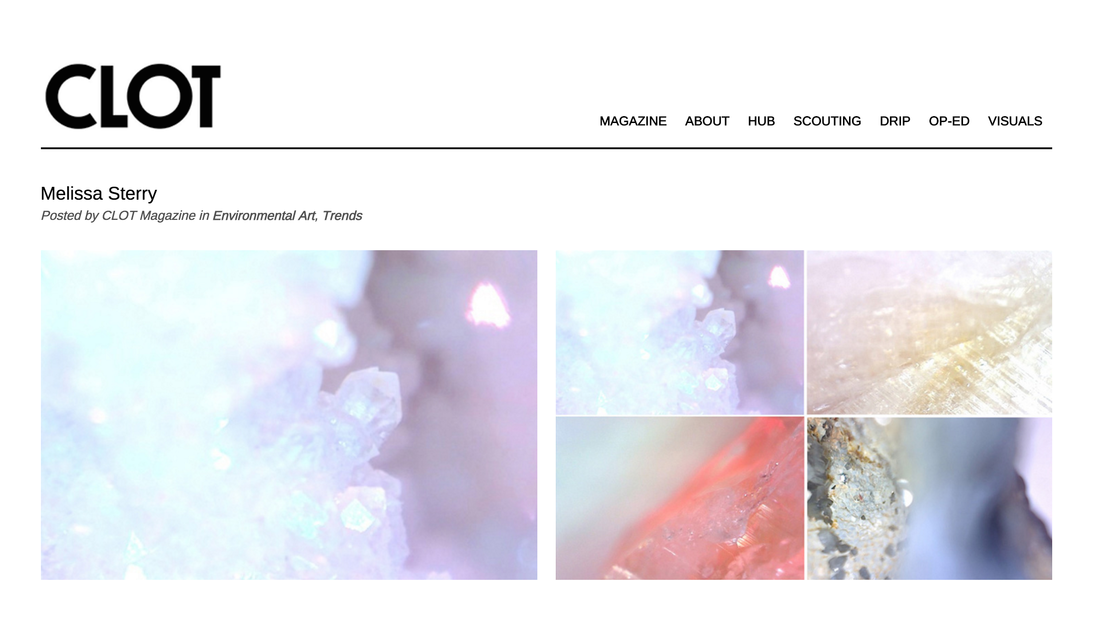
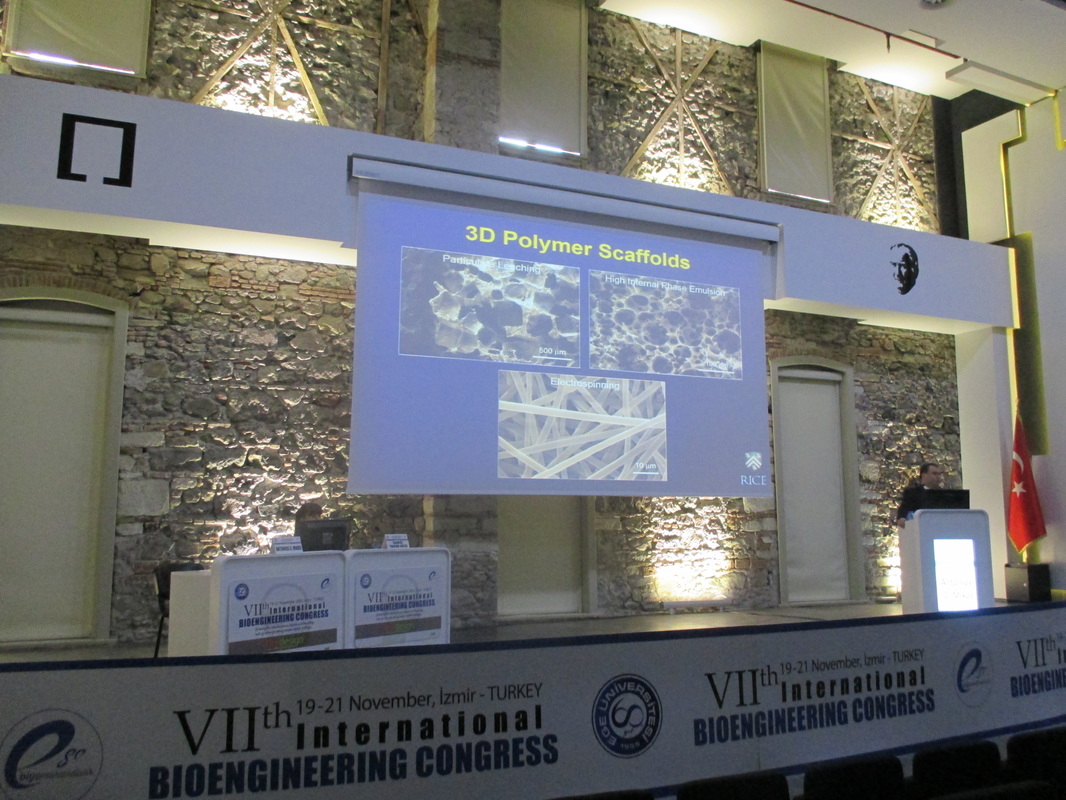
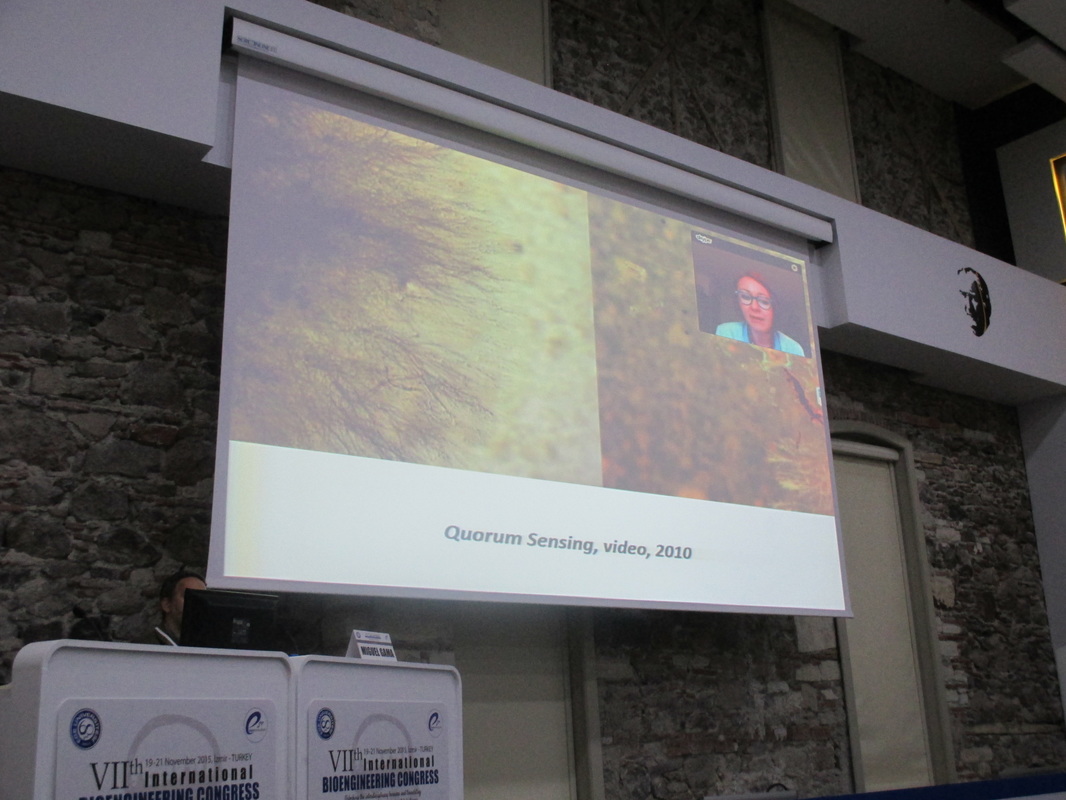
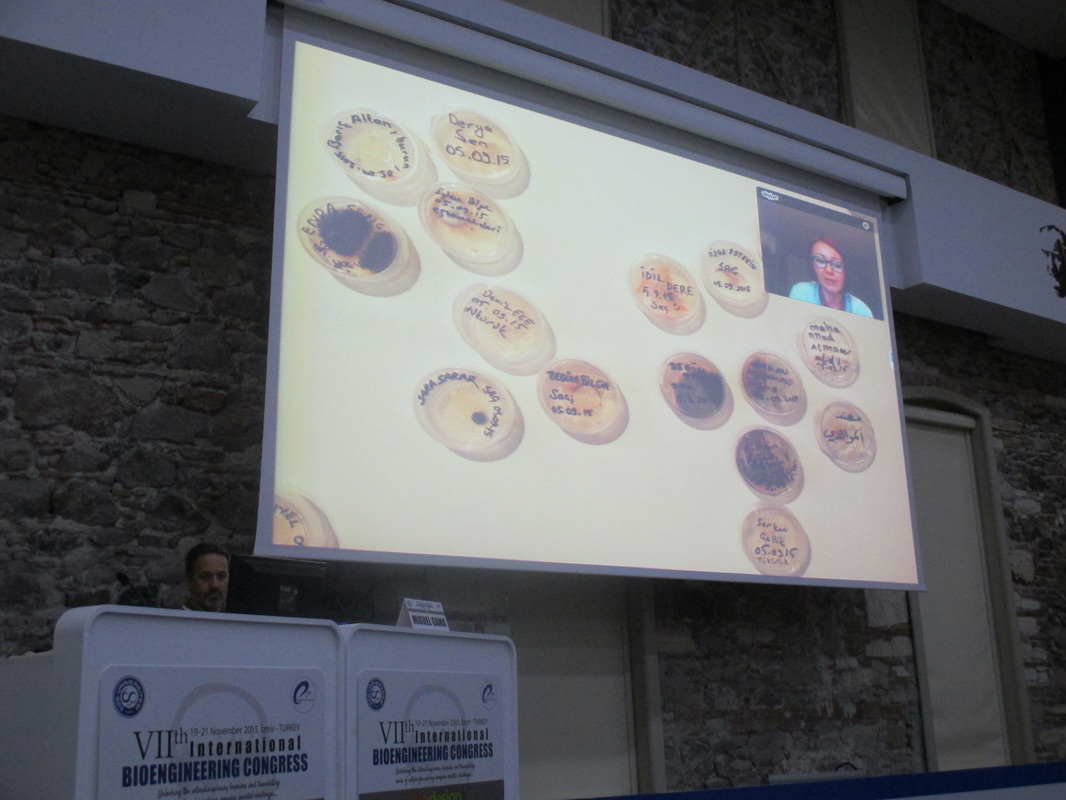
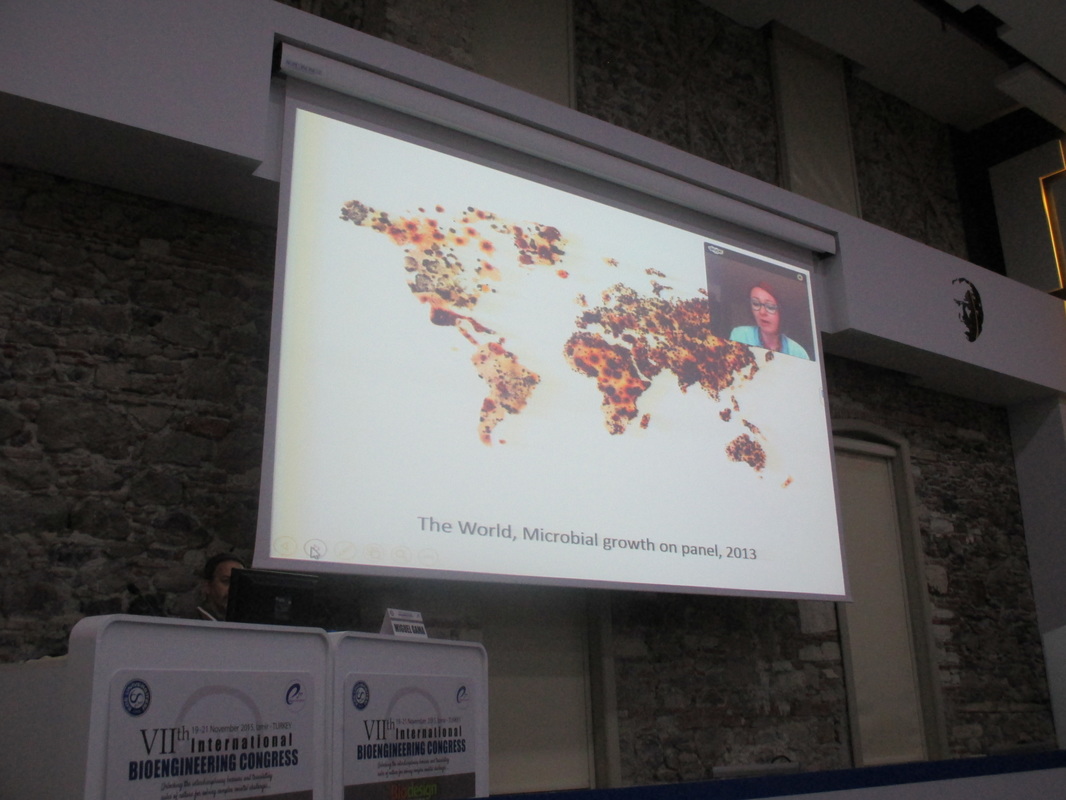
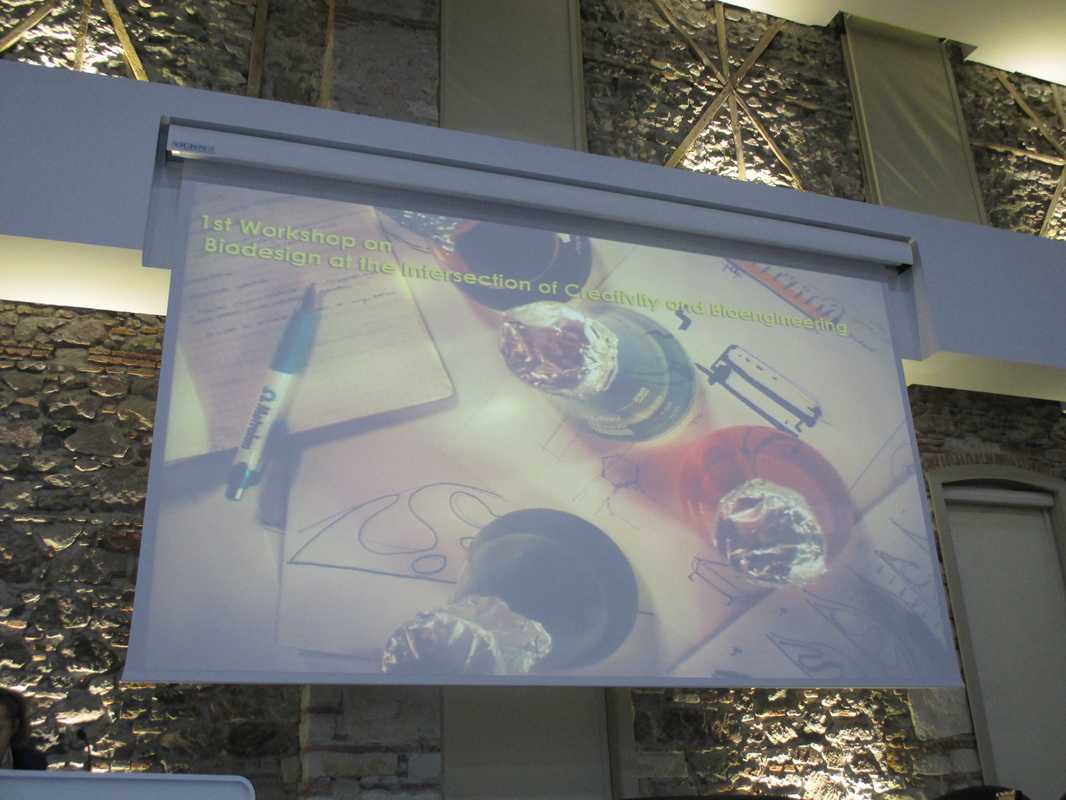
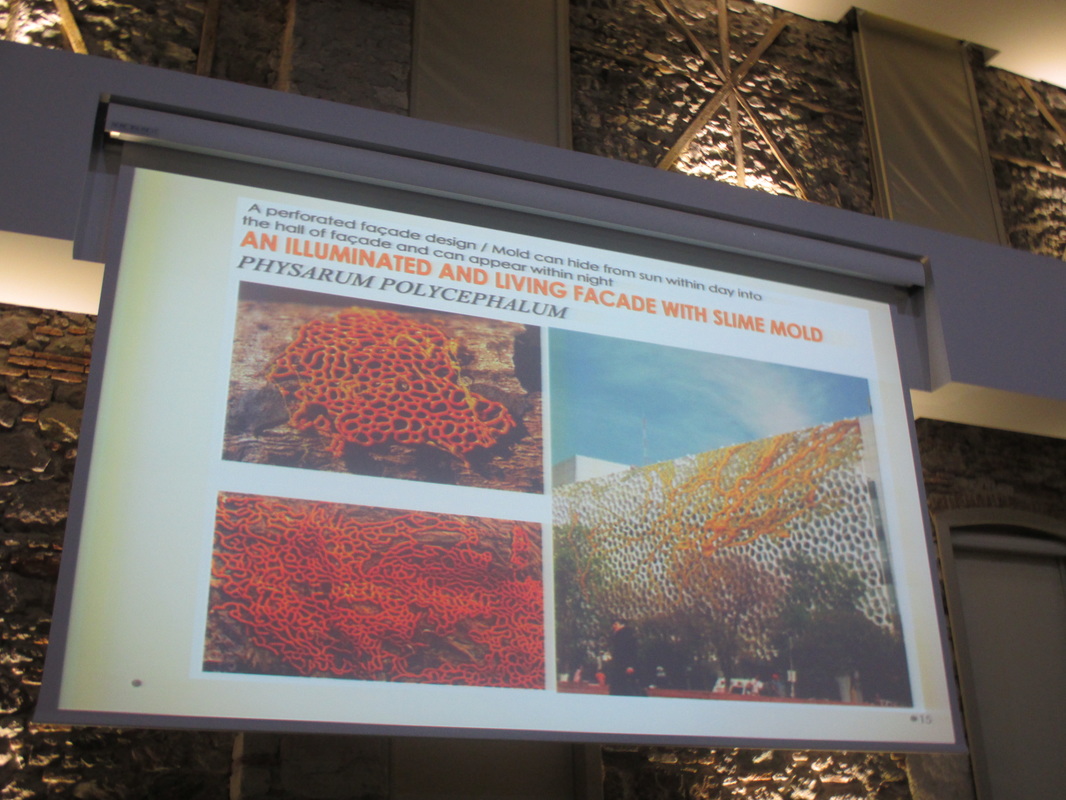
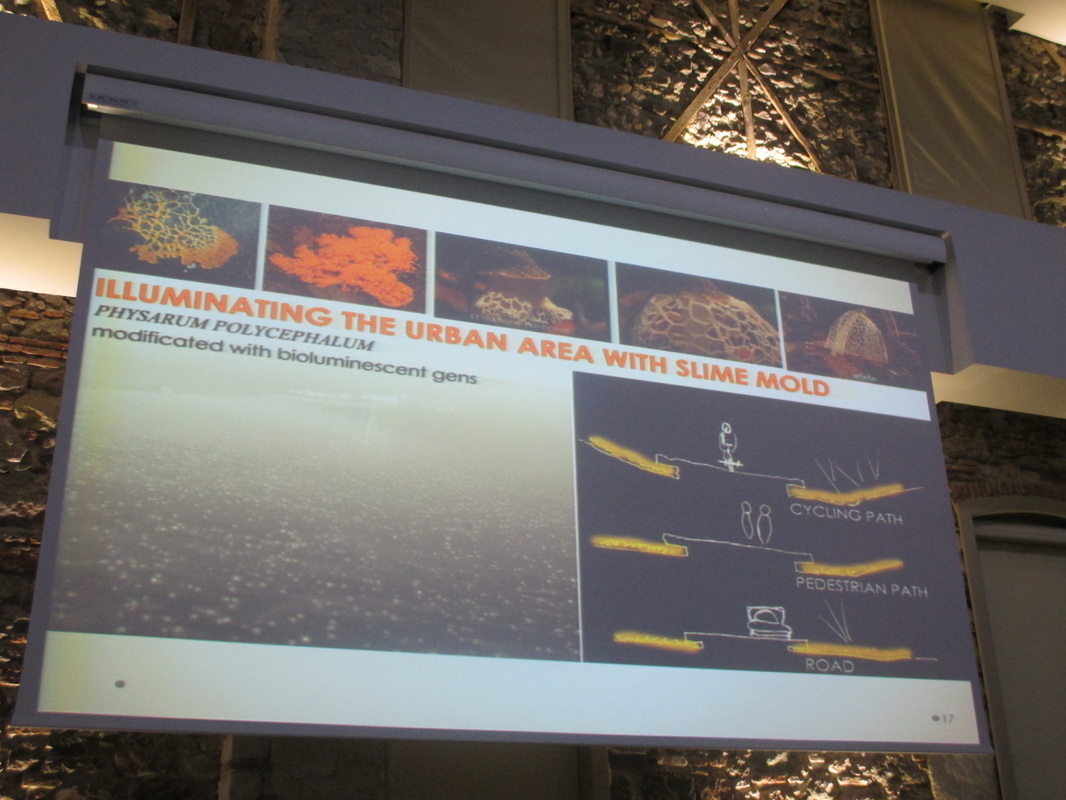
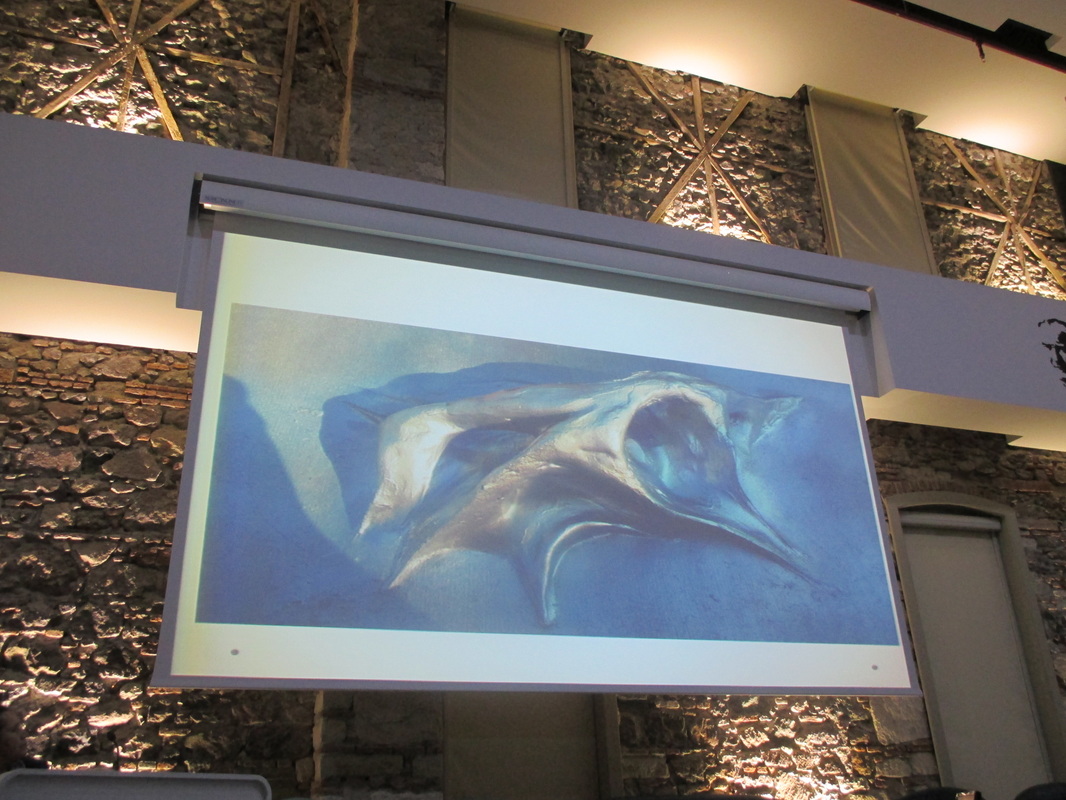

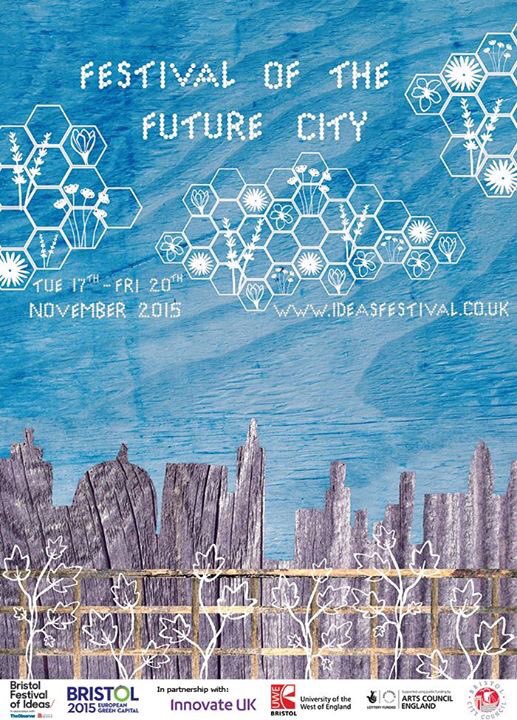
 RSS Feed
RSS Feed
